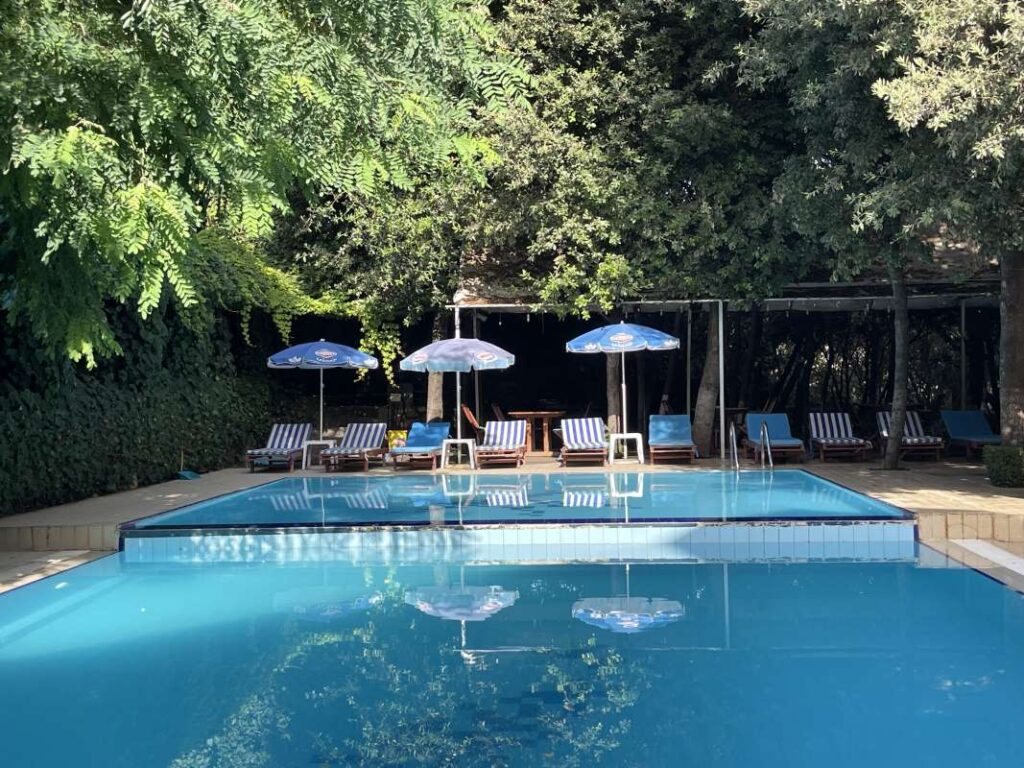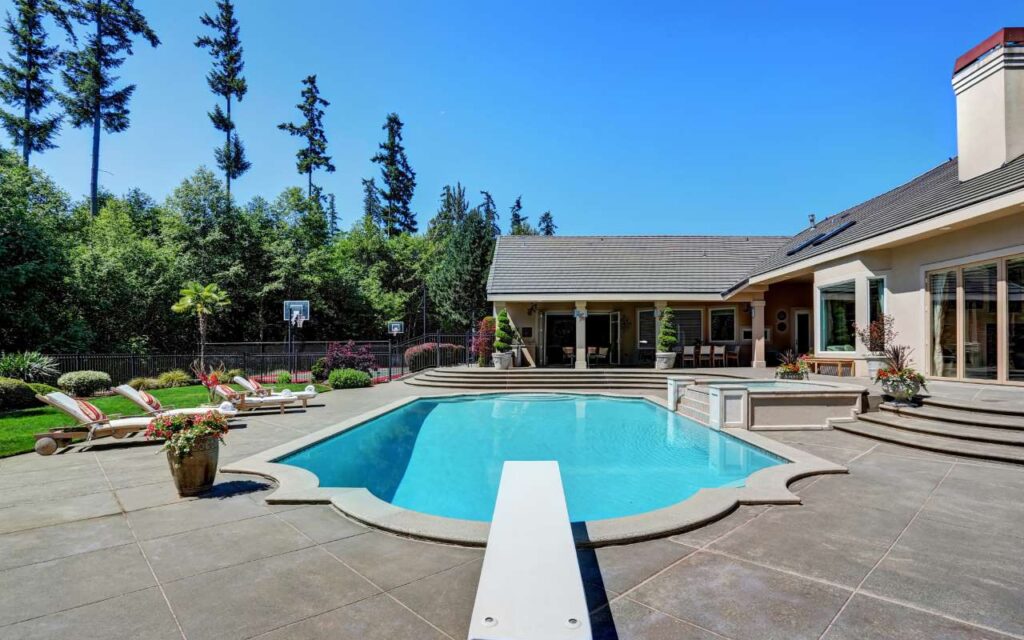Safety Checks: Ensuring Pool Area Compliance with Local Codes
Learn how to ensure your pool area meets local codes and safety regulations with comprehensive safety checks and compliance tips.
Ensuring that your pool area complies with local codes is not just about following regulations; it’s about creating a safe environment for family, friends, and clients. In this blog post, we will thoroughly explore the importance of safety checks for pool areas, the specific local codes that govern these spaces, and practical steps to ensure compliance. Furthermore, we’ll delve into the consequences of non-compliance and provide valuable insights to help pool owners navigate the complexities of pool safety.
Understanding Local Codes and Regulations
– Local codes and regulations regarding pool safety are established to minimize risks and protect users from potential hazards.- These regulations typically cover various aspects, including fencing requirements, pool cover standards, and safety equipment mandates.For instance, many regions require that pools be enclosed by a fence that is at least four feet high and self-closing. This is crucial in preventing unauthorized access, especially by young children. Additionally, certain areas mandate the installation of pool alarms or safety covers that can withstand a specific weight to ensure that they prevent accidental entries.Moreover, compliance with the Americans with Disabilities Act (ADA) may also be a requirement for public pools, which includes the installation of accessible entries. It’s essential to familiarize yourself with your local ordinances, as they can vary significantly by location.Failure to comply with these codes can lead to hefty fines, legal liabilities, and in severe cases, the closure of your pool until compliance is achieved. Therefore, understanding local codes is a critical first step in ensuring your pool area is safe and compliant.
The Importance of Regular Safety Checks
– Regular safety checks are vital for maintaining compliance and ensuring the ongoing safety of your pool area.- These checks should include inspections of fencing, gates, pool covers, and safety equipment.Consider the following items during your safety checks:1. Fencing and Gates: – Inspect the integrity of fencing and ensure gates are functioning correctly. They should open away from the pool and be self-closing and self-latching.2. Safety Equipment: – Regularly check lifesaving equipment such as life rings, poles, and reaching devices. Ensure they are accessible and in good condition.3. Pool Covers: – If you use a pool cover, verify it meets local safety standards. It should be securely fastened and capable of supporting a specific weight.4. Alarms: – Alarm systems should be tested regularly to ensure they function correctly. This includes door alarms and pool alarms that alert you if someone enters the water unexpectedly.5. Water Quality: – Regularly test the water for chlorine levels, pH balance, and other chemical requirements. Clean and maintain pool filters and pumps to ensure water remains safe for swimming.A systematic approach to safety checks not only helps in compliance but also fosters a culture of safety and responsibility among pool users.
Common Compliance Issues and How to Avoid Them
– Many pool owners inadvertently overlook critical codes, leading to compliance issues. Understanding common pitfalls can help you avoid these mistakes.Some of the prevalent compliance issues include:1. Inadequate Barriers: – A common mistake is having barriers that do not meet height or spacing requirements. Consider installing barriers that exceed minimum requirements for added safety.2. Neglecting Equipment Needs: – Not having the required safety equipment, such as rescue devices or first aid kits, can lead to severe consequences during emergencies.3. Lack of Maintenance Records: – Failing to keep proper maintenance logs can lead to difficulties in demonstrating compliance during inspections. Maintain detailed records of all safety checks and repairs performed.4. Ignoring Water Quality Standards: – Pool water must meet specific health standards. Regular testing and maintenance are essential to avoid violations. By proactively addressing these common issues, you can significantly enhance the safety of your pool area and minimize compliance risks.
Best Practices for Ensuring Compliance
– Implementing best practices is crucial for maintaining compliance and ensuring ongoing safety for pool users.Here are several strategies to consider:1. Create a Safety Checklist: – Develop a comprehensive checklist for regular safety inspections. This should cover all essential components, including fencing, gates, equipment, and water quality.2. Schedule Regular Inspections: – Establish a routine for conducting detailed inspections of your pool area at least once a month, or more frequently during peak usage seasons.3. Stay Updated on Local Codes: – Local codes can change, so it’s important to stay informed about any modifications that could affect your pool. Consider subscribing to local authorities’ newsletters or safety bulletins.4. Engage Professional Services: – If you’re unsure about compliance or safety checks, consider hiring a professional pool service. They can conduct thorough inspections and provide expert guidance on maintenance needs.5. Educate Pool Users: – Provide information on pool safety to your family, friends, or clients. Ensure they understand the importance of following safety measures and how to use safety equipment.By implementing these best practices, you can foster a safer pool environment and navigate compliance more effectively.
Consequences of Non-Compliance
– Understanding the potential consequences of non-compliance can serve as a strong motivator for pool owners to prioritize safety checks.The implications of failing to meet local codes can include:1. Legal Consequences: – Pool owners may face fines, lawsuits, or even criminal charges if negligence leads to an injury or fatality.2. Insurance Issues: – Non-compliance can jeopardize insurance coverage. Insurance companies may refuse to cover claims related to incidents occurring in non-compliant pools.3. Increased Liability: – If your pool area is found to be non-compliant, you may be held liable for any injuries or accidents that occur, leading to costly legal battles.4. Closure of Pool Facilities: – In severe cases, local authorities may shut down your pool until compliance is achieved, leading to financial losses and disrupted business operations.It’s clear that adhering to local codes is not just about following the law; it’s about ensuring the safety and well-being of those who use your pool.
Final Thoughts on Ensuring Compliance
– In conclusion, ensuring pool area compliance with local codes is an ongoing responsibility that requires diligence, regular checks, and a proactive approach to safety. By understanding local regulations, conducting regular safety inspections, and adhering to best practices, pool owners can create a secure and enjoyable environment for all users. Not only does this protect individuals from potential harm, but it also minimizes legal and financial risks associated with non-compliance.As you embark on your journey towards achieving compliance, remember that resources like
Pool Routes For Sale can provide valuable insights and support. Whether you’re an aspiring entrepreneur or an established service provider, getting the help you need is essential to navigating the complexities of the pool maintenance industry.For more information on how to ensure compliance and enhance your pool service business, visit
Superior Pool Routes. Your commitment to safety and compliance will not only benefit you but also foster a culture of responsibility and care within your community.



